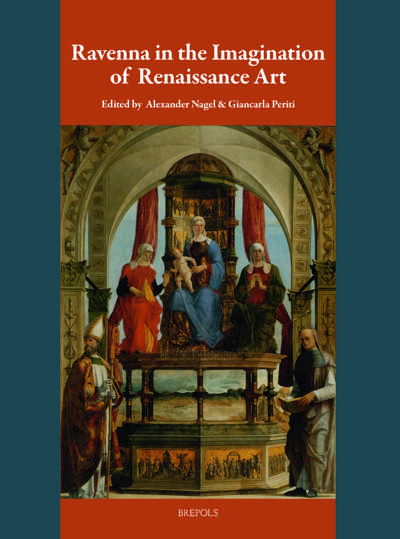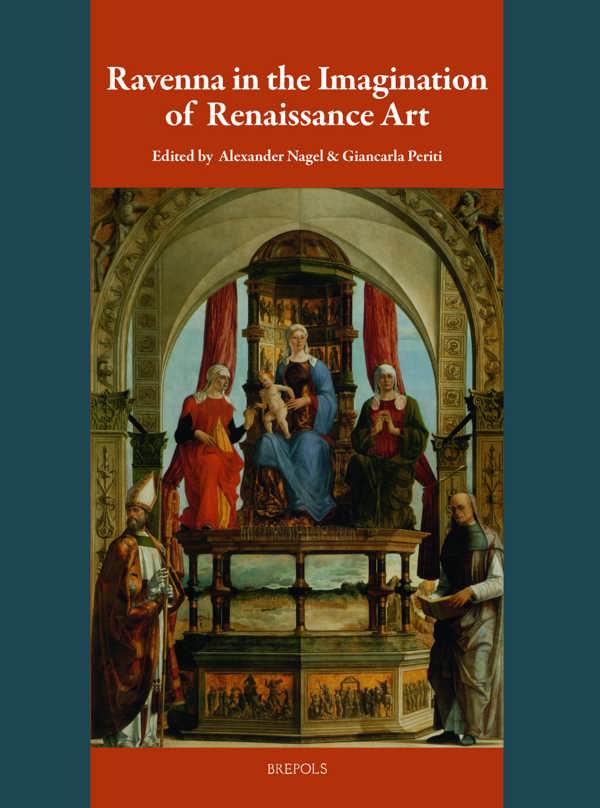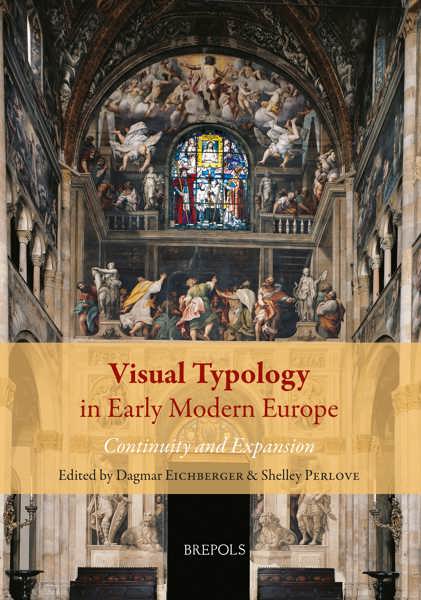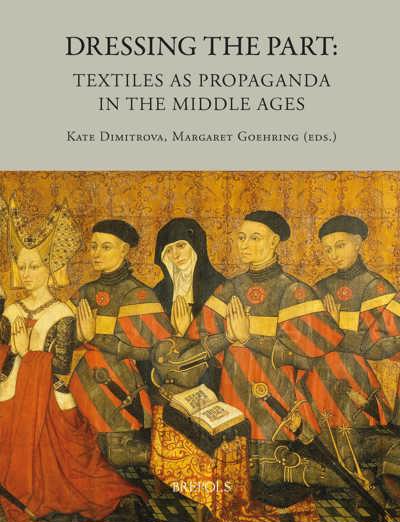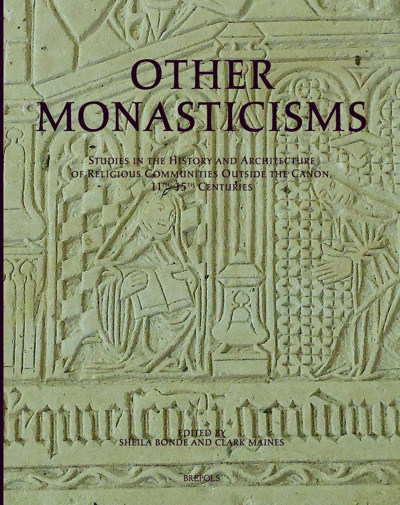
Ravenna in the Imagination of Renaissance Art
Alexander Nagel, Giancarla Periti (eds)
- Pages: 208 p.
- Size:216 x 280 mm
- Illustrations:100 col.
- Language(s):English
- Publication Year:2020
- € 95,00 EXCL. VAT RETAIL PRICE
- ISBN: 978-2-503-58399-0
- Paperback
- Available
It is clear that Renaissance artists and their patrons were interested in Ravenna’s buildings and their decorations, both before Vasari’s negative pronouncements and after them. Contemporary European travelers and diarists have left descriptions of the city’s heritage, by then in ruinous condition. What happens if we reinsert this corpus of Ravenna's treasures and their multiple imbrications into our histories of Renaissance art? How can our narratives change if we trace and study an almost forgotten, albeit rich and articulated series of intersections between Ravenna's splendors and ambitious works of art and architecture from early modern Italy? We have ignored a series of visual engagements and imaginative plays with Ravenna's forms, materials, and iconographies, folding the past into the present and the present into the past. These instances of creative imitations and recreations can best be recovered if we focus on the Renaissance production and humanists’ accounts of the city’s treasures, that is, works in various media and size, to map out an extended dimension of early modern visual culture.
1. Alexander Nagel, Giancarla Periti, Introduction
2. Sarah McHam, Byzantine Sources in Ravenna Influence Venetian Renaissance Sculpture
3. Nicholas Herman, Reframing the Past: Viewing Mosaics in Renaissance Ravenna
4. Linda A. Koch, Creating the Legitimate Prince at the Tempio Malatestiano, Rimini: Ravenna and the Continuity of Imperial Tradition
5. Giancarla Periti, Ravenna, Vasari, and the Problem of the Late Antique Heritage
6. Debra Pincus, Ravenna’s Unlikely Monument: The Tomb of Dante at the Church of San Francesco
7. Silvia Foschi, San Vitale in Ravenna: the Renaissance Interpretation of a Church between East and West
8. Claudio Franzoni, Art or History? The Mosaics of San Vitale in Ravenna between the Middle Ages and Avantgardes
